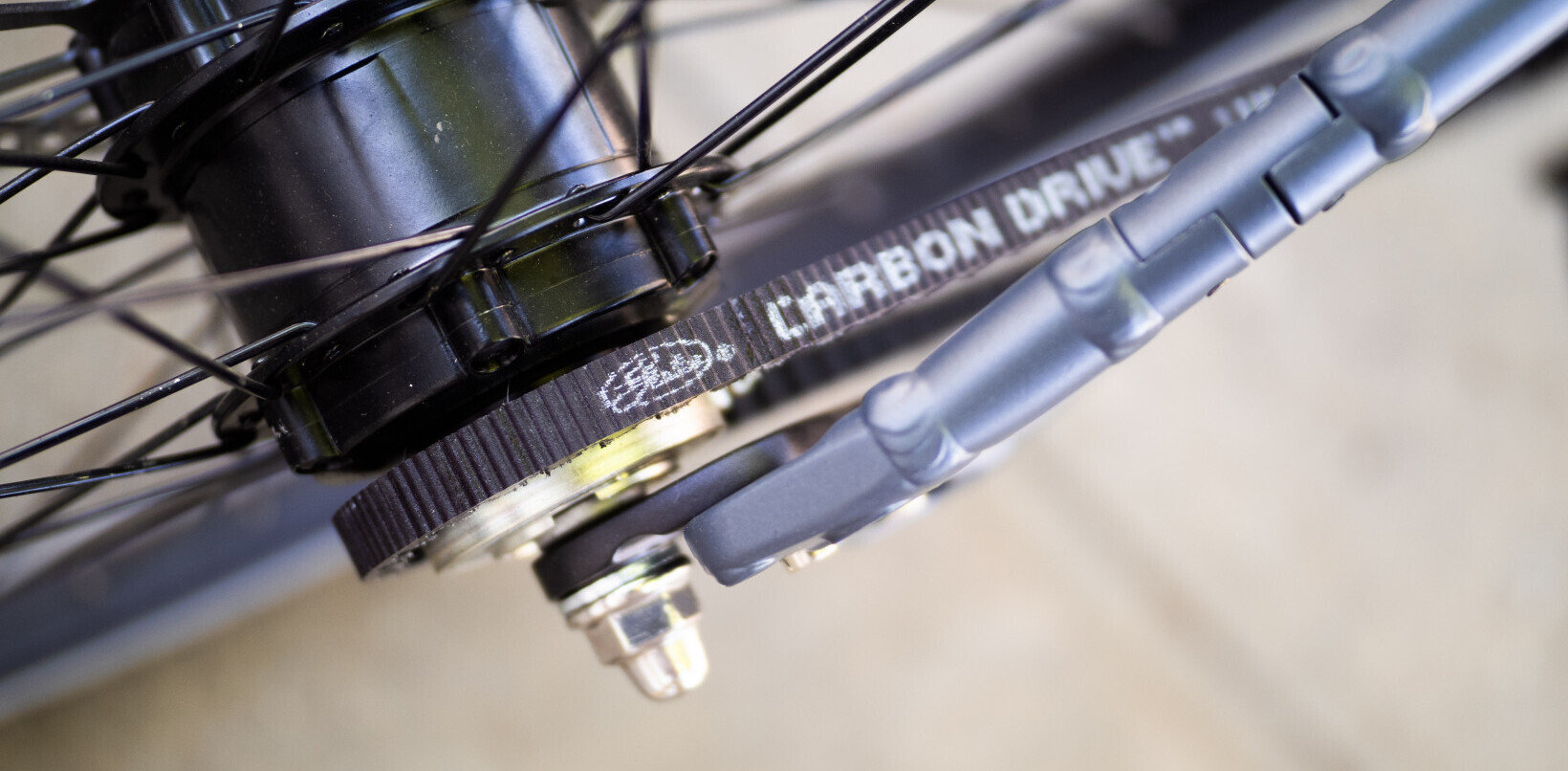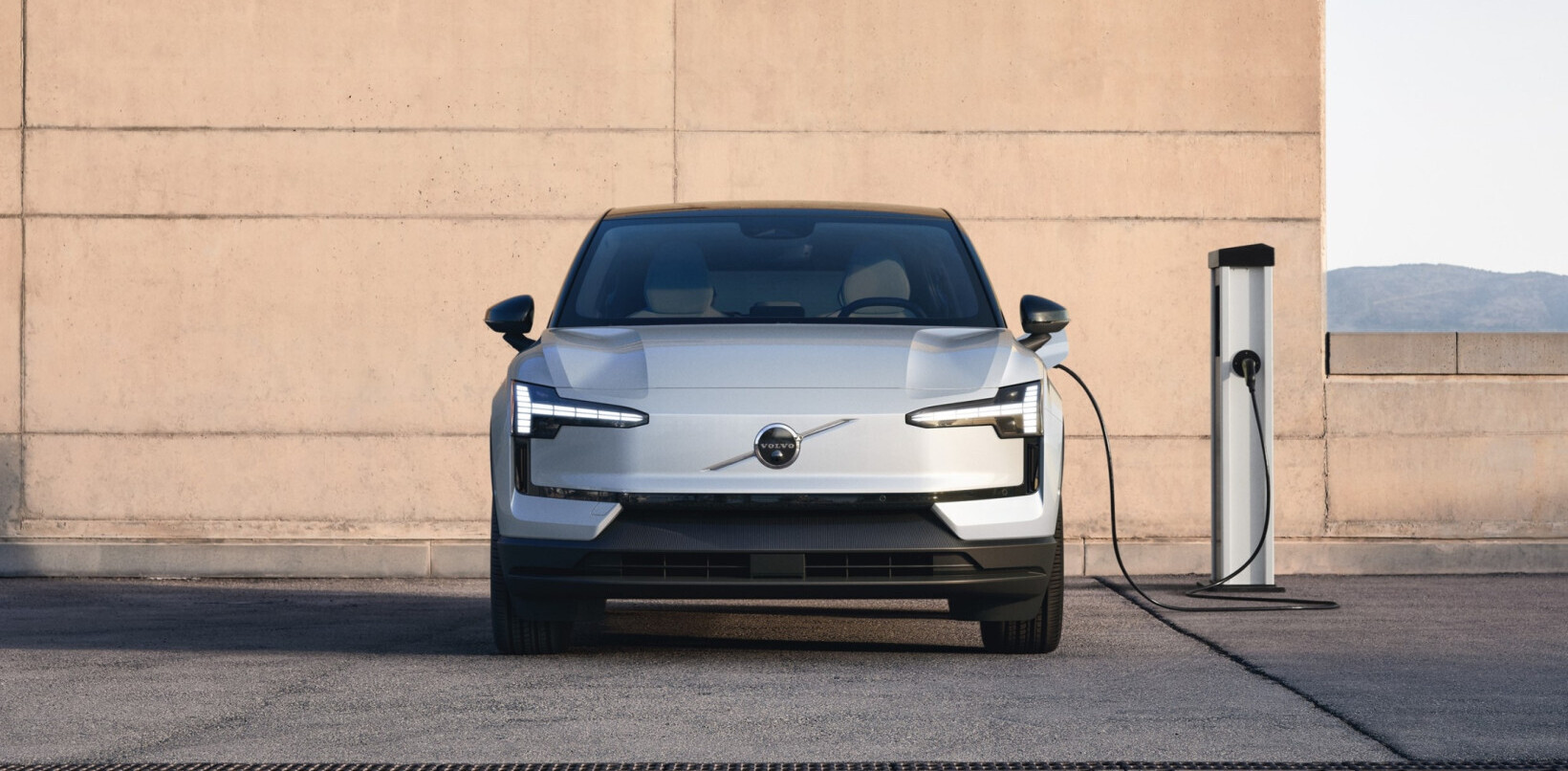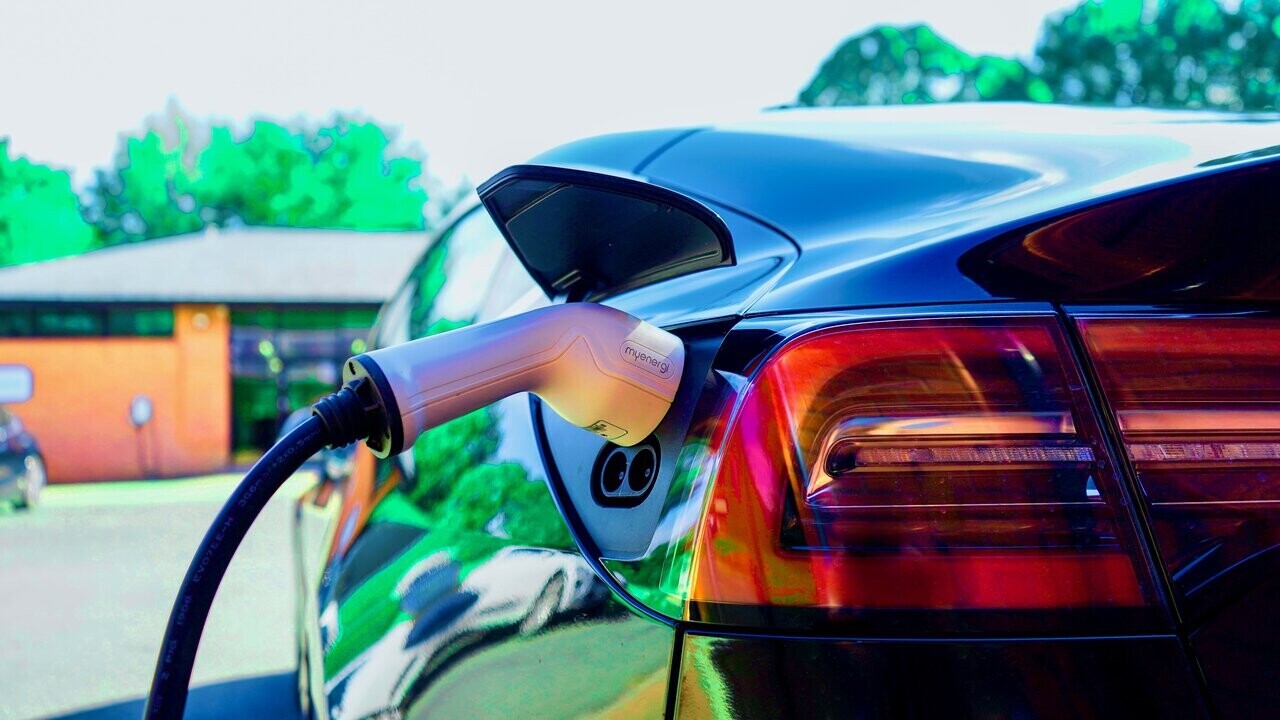
This week, a new report prepared for the UK Department for Transport found that electric vehicles are greener across their lifecycle than their gas-fueled internal combustion engine (ICE) counterparts.
Specifically, lifecycle modeling analysis found that a typical battery electric car is estimated to save up to 65% more greenhouse gas (GHG) emissions than a conventional petrol car.
But is the research a win for electric vehicle manufacturing or a starting point for really getting stuff done?
Let’s find out.
Most emissions in EVs occur during production
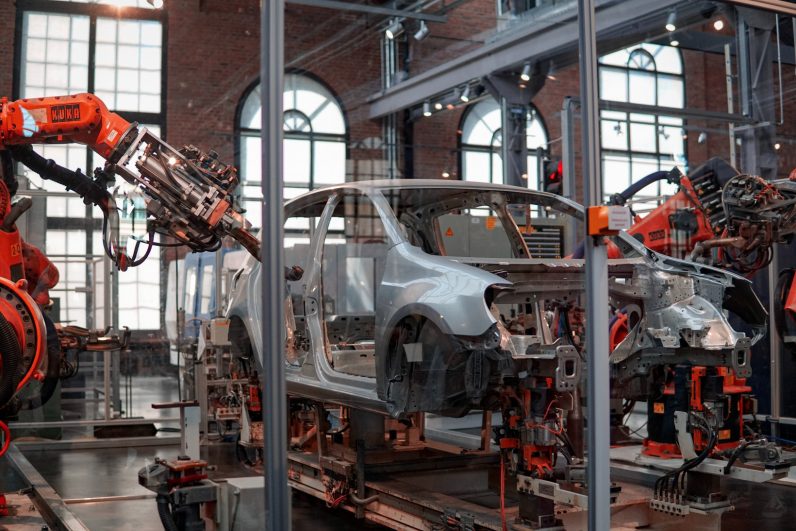
Production emissions for EVs were around 50% higher than petrol cars in 2020. This is mainly due to the batteries which made up 67% of total estimated lifecycle GHG emissions.
However, vehicle and battery recycling and potential second-life applications could offset these emissions.
Examples include using batteries in second-life industrial applications like energy storage and replacing emergency power supplies at railroad crossings with used hardware.
The research asserts that, by 2050, BEV production emissions could reach close to parity with conventional vehicles.
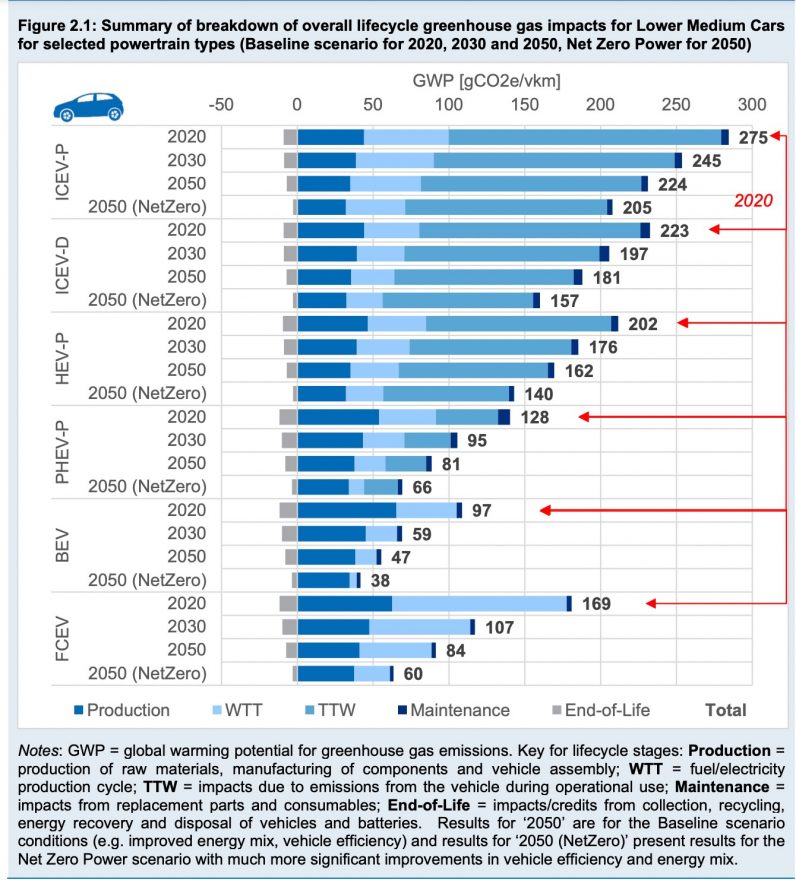
Emission lowering over the EV lifecycle
The research predicts that improvements in battery technology, manufacturing, and end-of-life treatment will deliver a 76% GHG reduction compared to an ICE. This is helped by the decarbonization of the UK electricity grid.
By 2050, these savings could increase to a whopping 81%. Pretty compelling.
A muted shout-out to hydrogen
Hydrogen fuel cell electric vehicles (FCEVs) do offer some wins, but far less than EVs.
Specifically, lifecycle GHG reductions from FCEVs are around 60-70% higher than for an equivalent EV. This is because of the lower overall efficiency of the full energy chain for hydrogen produced from electricity.
However, the modeling lacked an in-depth analysis of any growth in advancements in the green hydrogen sector and how they could improve efficiency in hydrogen development.

But analysts still found that FCEVs shine in the heavy vehicle category. For example, by 2050, an FCEV articulated lorry could save 73% of GHG emissions versus a conventional diesel version.
Overall, it’s a long way from the promises of those betting on hydrogen.
It’s not entirely a win but a place to dig deep
The predictions place a lot of hope in plans by both automakers and lawmakers in their timelines to phase out ICE vehicles.
Countries such as the UK (2030) and Canada (2035), as well as the EU (2035) have committed to banning the sale of ICEs.
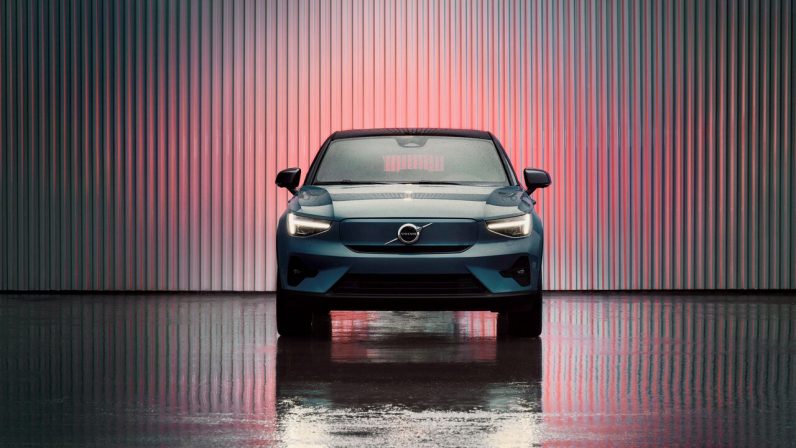
And automakers have their own goals. For example, Volvo plans to stop manufacturing ICEs altogether by 2030.
But, it will take a while to retire those still on the road — potentially decades in the UK, and far beyond the 2050 timeline.
Furthermore, even if 100% of vehicle fleets sold today were electric, most cities, especially in rural areas, would struggle to match the need for EV charging stations.
Then, there’s the health of the UK energy grid to manage all the EV charging needs. The success of an EV rollout relies on robust R&D — including wind and solar energy — and future government investment into grid infrastructure to meet the demands of the future onslaught of charging.
Let’s not forget that the post-Brexit United Kingdom is no longer under the rule of the EU, and it’s encompassing R&D and investment in this space, which may leave it struggling financially to meet these demands.
On top of this, we need to discuss the materials used in electric vehicle batteries.
We’re nowhere near full industry compliance
Currently, there’s plenty of research into batteries developing longer life-span batteries and improved capacities for recycling and reuse.
There are also abundant efforts to reduce the use of ethically and environmentally problematic materials like lithium and cobalt.
But good intentions don’t necessarily lead to commercially viable products, especially regarding the potential higher costs of ethical mining. Therefore, any commitments in the auto industry need to be backed up with timelines and consequences for non-compliance.
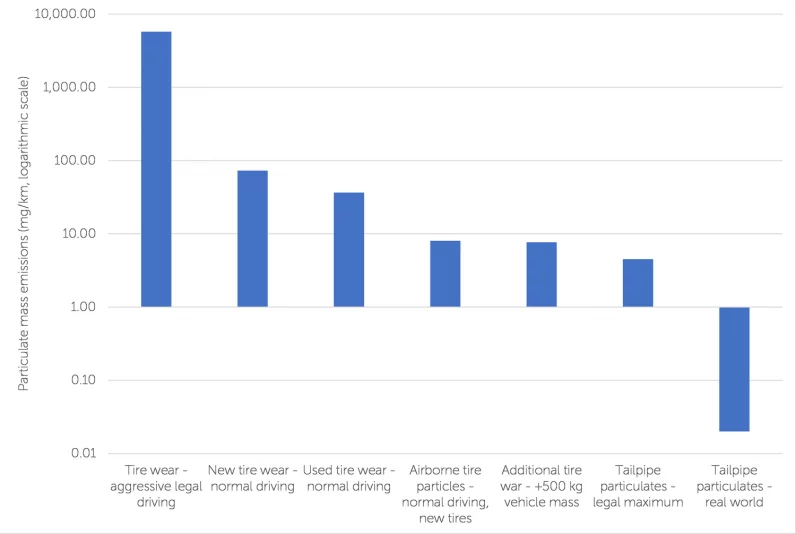
The research also failed to consider the impact of polluters like tire emissions, which produce worse pollution than exhaust pipes.
Fortunately, there’s considerable R&D into making tires from renewable, recycled, and traceable materials, but until they become universal, their carbon emissions remain problematic.
So, it’s likely that cars on the roads will look vastly different by 2030 and even 2050. The vast majority will, of course, be EVs.
But the biggest win would be lower rates of car manufacturing and significant investment into more sustainable people-carrying. For example, micromobilty and public transport. Then, we’ll really have something to write about.
Get the TNW newsletter
Get the most important tech news in your inbox each week.

